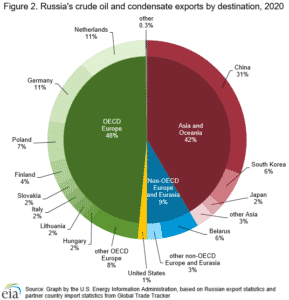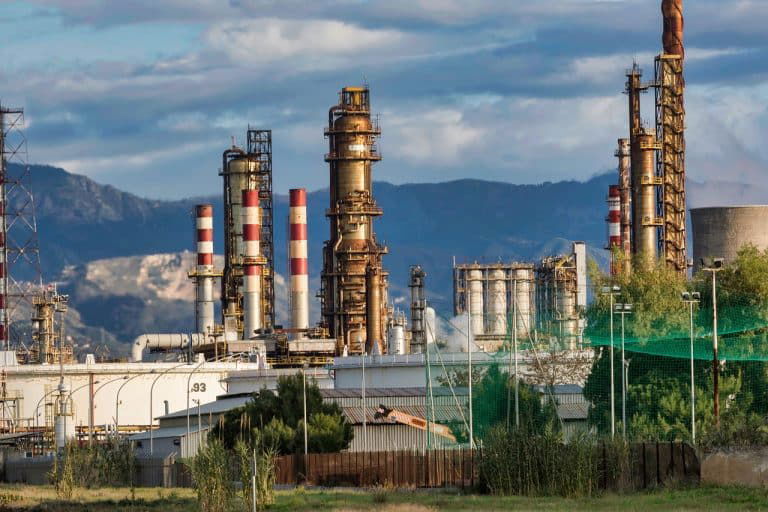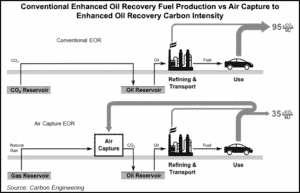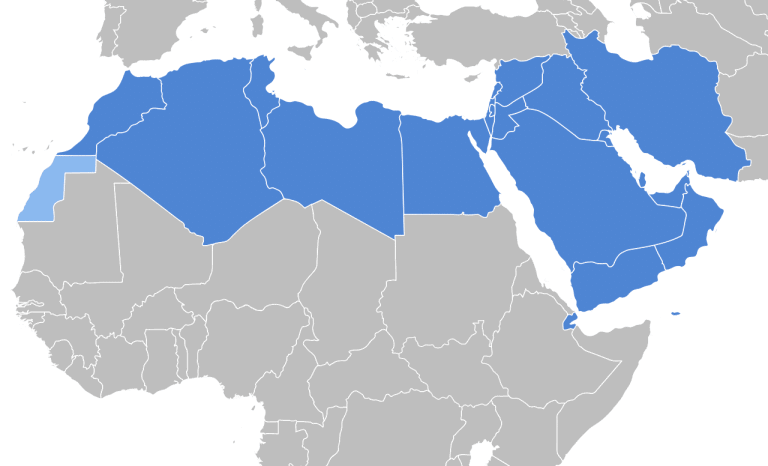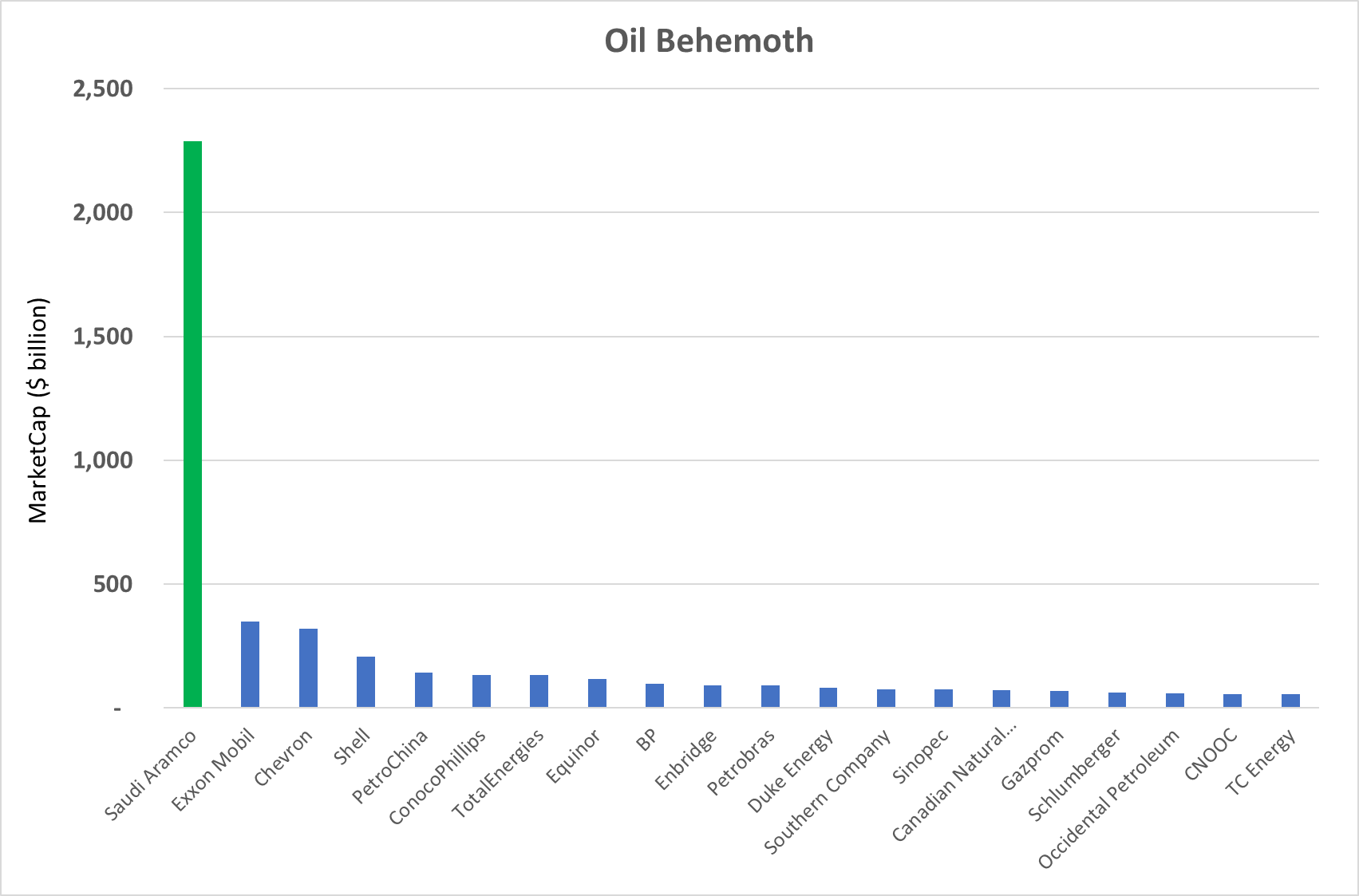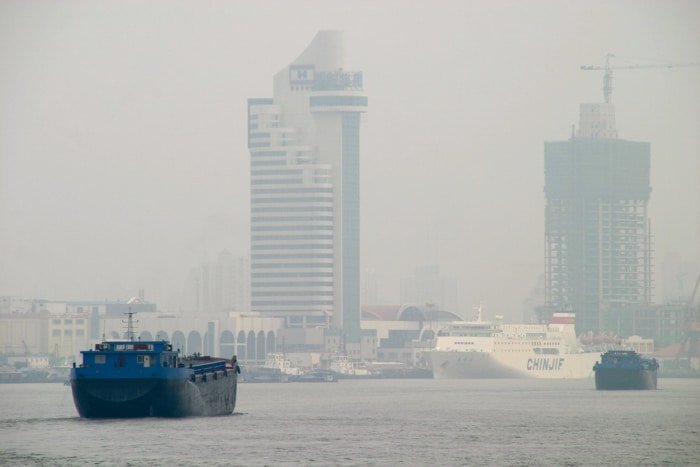AirCarbon Exchange (ACX) signed a partnership with CarbonX to help boost the Indonesian carbon market.
AirCarbon Exchange is a digital exchange seeking to speed up the globe’s journey to net zero. Whereas CarbonX is an Indonesian high-impact carbon asset developer.
They agree to develop the Indonesian marketplace via a memorandum of understanding (MoU).
How The Agreement Can Promote the Indonesian Carbon Market?
In general, the agreement will create a complete carbon infrastructure. Through it, participants worldwide can do business in an efficient and transparent fashion.
In particular, the MoU will enable the Indonesian carbon market to scale up. It will give carbon project developers access to ACX’s international carbon market. These include various participants from 30 different countries.
Indonesia’s Net Zero Emissions (NZE) Target
The signing of the MoU is very timely as Indonesia recently declared its commitment to net zero. During the COP26 Conference in Glasgow, it plans to reach its Net Zero Emissions or NZE goal by 2060 or sooner.
In fact, Presidential Regulation Number 98/2021 specifies Indonesia’s NZE target. This new rule on carbon trading created result-based payments for emission reduction projects. It also initiated the formation of a domestic carbon credit scheme to be set up by 2025.
To meet such targets, the nation needs huge investments in its marketplace of about 3.4% to 3.5% of its GDP each year.
And so, all Indonesian carbon market players have to work together to make the NZE plan a reality.
This is where the market platform created by the CarbonX-ACX collaboration comes in. It will help attract more carbon investments and funding.
The ACX-CarbonX Collaboration
CarbonX said that if things go as agreed, the market will yield large carbon offset supplies.
Meanwhile, ACX stated that the MoU is another milestone in its aim to be one of the premier carbon markets. They also believe that the partnership will boost Indonesian carbon asset producers.
Founded in 2019, ACX is a hybrid exchange that uses blockchain’s efficiency and speed. It operates through a traditional central order book architecture to perform its trading.
As such, the company bags one prestigious recognition in the voluntary carbon market (VCM). It won the Best Carbon Exchange in Environmental Finance’s 2021 VCM Rankings.
By leveraging ACX’s expertise, the CarbonX partnership will launch on a rapid scale. The Indonesian carbon market may begin to witness more carbon trading activities once the MoU takes off.
Earlier this year, Indonesia partnered with Singapore to advance its climate goals including carbon credits.




